Waterford crystal bud vase: 386,000 ppm Lead (39% Lead)! Crystal items can passively create Lead dust in your home.
Introduction (for those new to this website):
Tamara Rubin is a federal-award-winning independent advocate for consumer goods safety and a documentary filmmaker. She is also a mother of Lead-poisoned children, her sons were acutely Lead-poisoned in 2005. Since 2009 Tamara has been using XRF testing (a scientific method used by the U.S. Consumer Product Safety Commission) to test consumer goods for toxicants (specifically heavy metals), including Lead, Cadmium, Mercury, Antimony, and Arsenic. All test results reported on this website are science-based, accurate, and replicable. Items are tested multiple times, to confirm the test results for each component tested. Tamara’s work was featured in Consumer Reports Magazine in February of 2023.
XRF test results for the vase pictured here
When tested with an XRF instrument, this Waterford crystal bud vase had the following readings:
- Lead (Pb): 386,000 +/- 40,000 ppm
- Barium (Ba): 13,600 +/- 2,400 ppm
- Antimony (Sb): 2,107 +/- 394 ppm
- Tin (Sn): 343 +/- 142 ppm
- Vanadium (V): 1,637 +/- 322 ppm
- Titanium (Ti): 3,440 +/- 634 ppm
Metals not detected are not listed. All metals detected by the XRF instrument (in Consumer Goods mode) are listed above. Metals that are considered poisonous are highlighted in bold red.
How much Lead is “too much” Lead? Is this much Lead “a lot?”
For context, the amount of Lead that is considered unsafe (and illegal) in a newly-manufactured item intended for use by children is anything 90 ppm or higher in the paint, glaze, or coating and anything 100 ppm or higher in the substrate. Decorative items, however, (whether vintage or new) are not regulated at all in the U.S. for total Lead content(!). It is my stance that — whenever possible — all items in your home should at LEAST be regulated to the same strict current standard applied to toys and other items intended for use by children. (Why? Because if you have young children, chances are they live in your home!)
How accurate and thorough is the testing you do?
Each test result reported on this website is from a test using a freshly-calibrated high-precision XRF analyzer (testing in consumer goods mode), and has been done for a minimum of 60 seconds unless otherwise stated. Tests are repeated multiple times to confirm the accuracy of the results. Test results are replicable, science-based, and accurate. In many cases (like with this vase), the item is in my collection of “toxic things,” available for future testing (if required) and for a museum exhibit that I am working on.
Why is Leaded Crystal a problem?
Given the incredibly high Lead levels in Leaded crystal, items made of Leaded crystal tend to create Leaded dust while just passively sitting on the shelf (or end table, or counter) – even though they are ostensibly “doing nothing.” It only takes a microscopic amount of Lead in the dust (literally invisible to the naked eye) to poison a child, and having Leaded crystal around is not worth the potential risk. It is, for this reason, I discourage keeping ANY Leaded crystal in your home.
One story I like to share (as a good example) is from a home visit I did earlier this year. The mama (who has children with disabilities and was working to remove all sources of Lead from her home) had two identical end tables on either side of her bed. One of the end tables had a Leaded crystal flower vase on it (full of silk flowers) and the other did not (this second table was left mostly empty for things like books).
When both tables were completely cleared off of knickknacks, I tested the tables themselves for Lead using a high-precision XRF instrument (in Consumer Goods mode – with the capacity to read down to single-digit parts per million). One of the tables was entirely negative (not even a trace of Lead) and the other (the one that had previously had the vase on it) tested positive for Lead — in the 100 to 400 ppm range in the footprint of where the vase had been sitting.
Since doing that little experiment, I have repeated it many times — in homes across the country — and (more often than not) found the same results… if a high-Lead crystal item was sitting in a particular spot (on an otherwise Lead-free surface), the surface where that item had been sitting will test positive for Lead in the dust at levels high enough to easily detect with an XRF instrument. Of course, there are additional factors. For instance, “Is there a house cleaner or someone else who regularly wipes down all the surfaces in the home (using wet wipes) — including surfaces under vases — that otherwise are not normally touched or moved?” Or, “How often is the Leaded crystal item washed?”
Of course, my concern for Leaded crystal goes beyond the potential issue of impacts within your home. There are also significant overarching environmental concerns for the manufacturing of Leaded crystal — a process which (by virtue of the mining, refining, and processing of Lead) can poison both the workers creating these products, and “the planet” (i.e. our habitat). You can read more about my concerns for Leaded crystal at this link here. (This post includes links to studies that clearly demonstrate how Lead can leach from crystal vessels into their contents — like alcohol.)
What should I do with my Leaded crystal now that I know all of this?
I encourage people to ask themselves a few questions in regard to items like this:
- Why are you holding onto this item?
- What will happen to this item when you die?… Who will inherit it?… Who will it be given to?
- Is there something else in your life that serves the same function — but is not made with Lead or toxic chemicals?
- Would the person who gave it to you — your grandmother, or mother — want to (unwittingly) poison your family, your children, and your grandchildren? (Hopefully, not!)
- Do you know the store it came from (or the brand — oftentimes there are tiny brand marks etched on the bottom as with this one)? If so, can you return it to the vendor? (Just tell them you had no idea that it was made with such a significant amount of neurotoxic Lead, and had you known you would not have chosen this item for your family.)
Important note: I always wash my hands thoroughly after touching crystals for testing. Also, I would NEVER drink anything out of crystal goblets, nor eat anything served in a crystal vessel, or on a crystal tray of any kind.
To see more Waterford items I have tested, click here.
To see more Leaded crystal items that I have tested, click here.
As always thank you for reading and for sharing my posts.
Please let me know if you have any questions.
Tamara Rubin
#LeadSafeMama
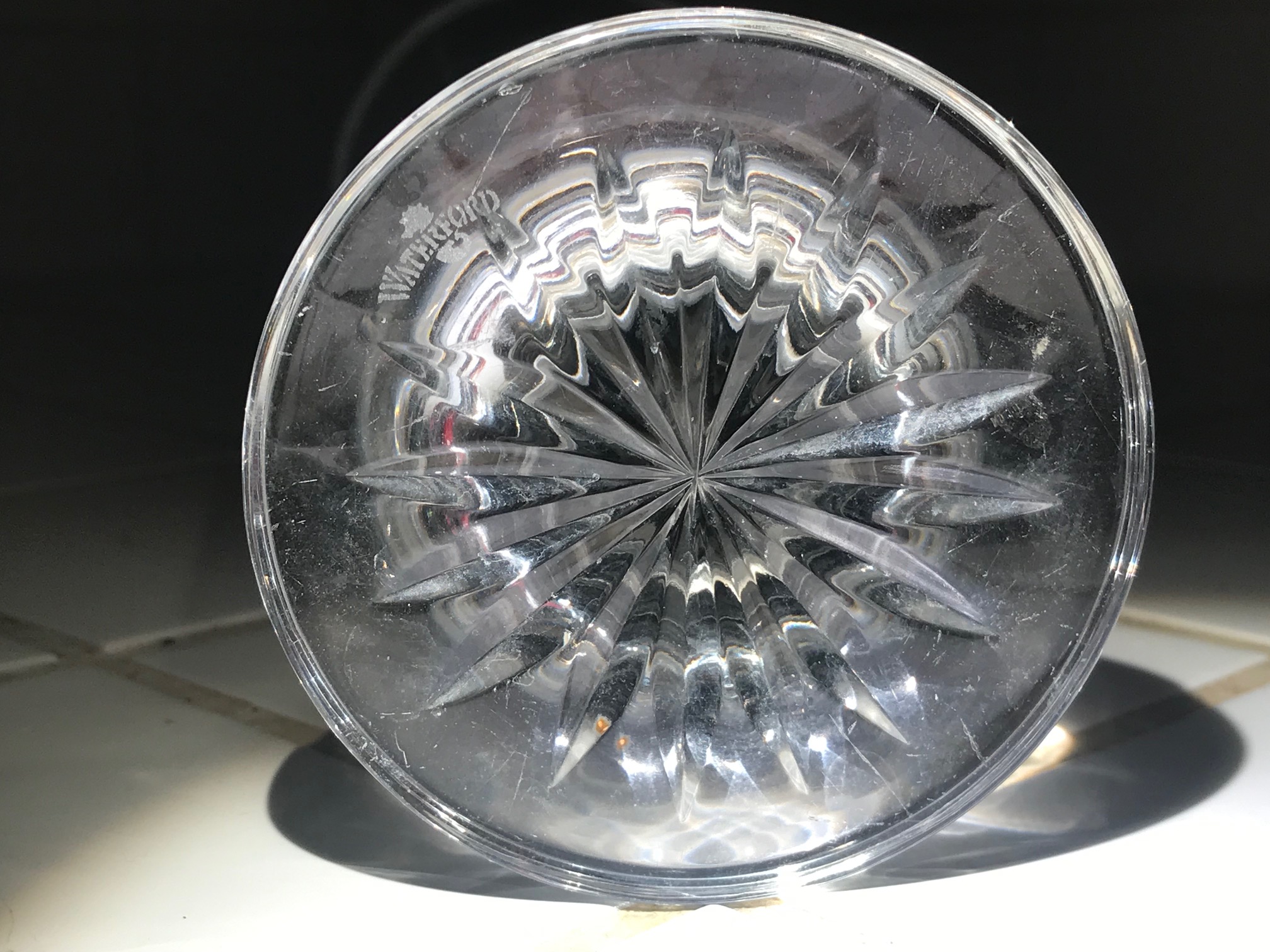
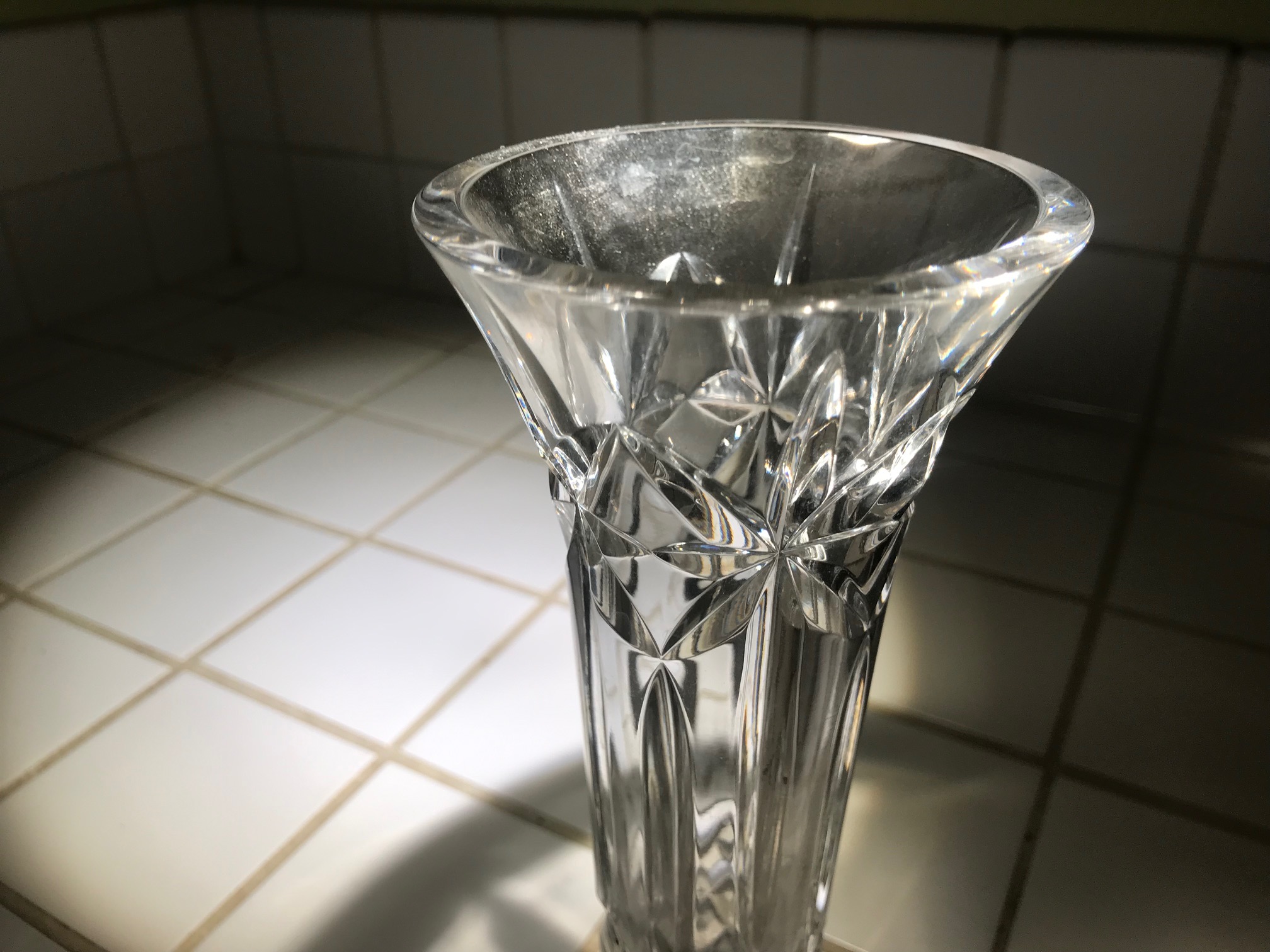
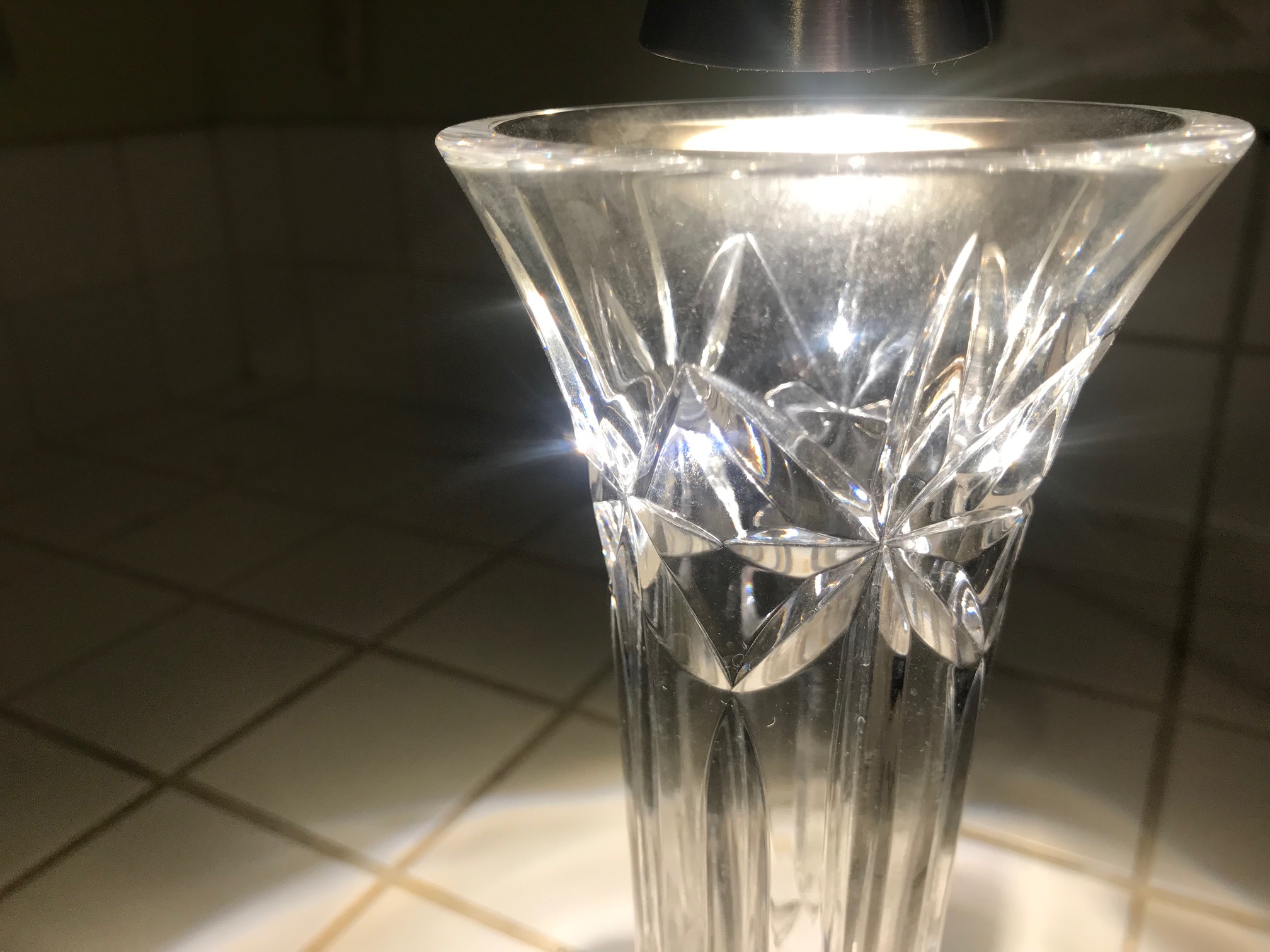
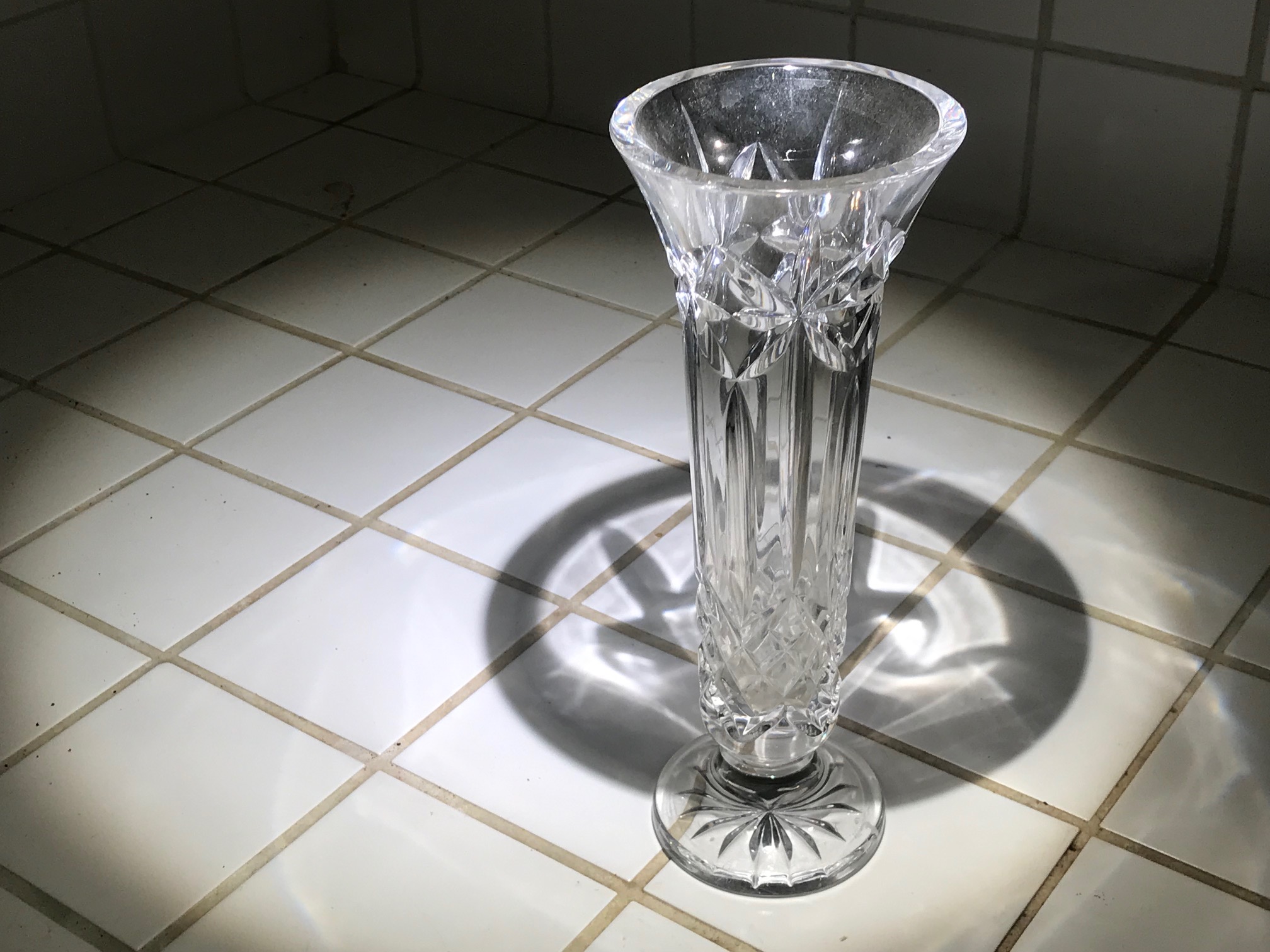
Never Miss an Important Article Again!
Join our Email List









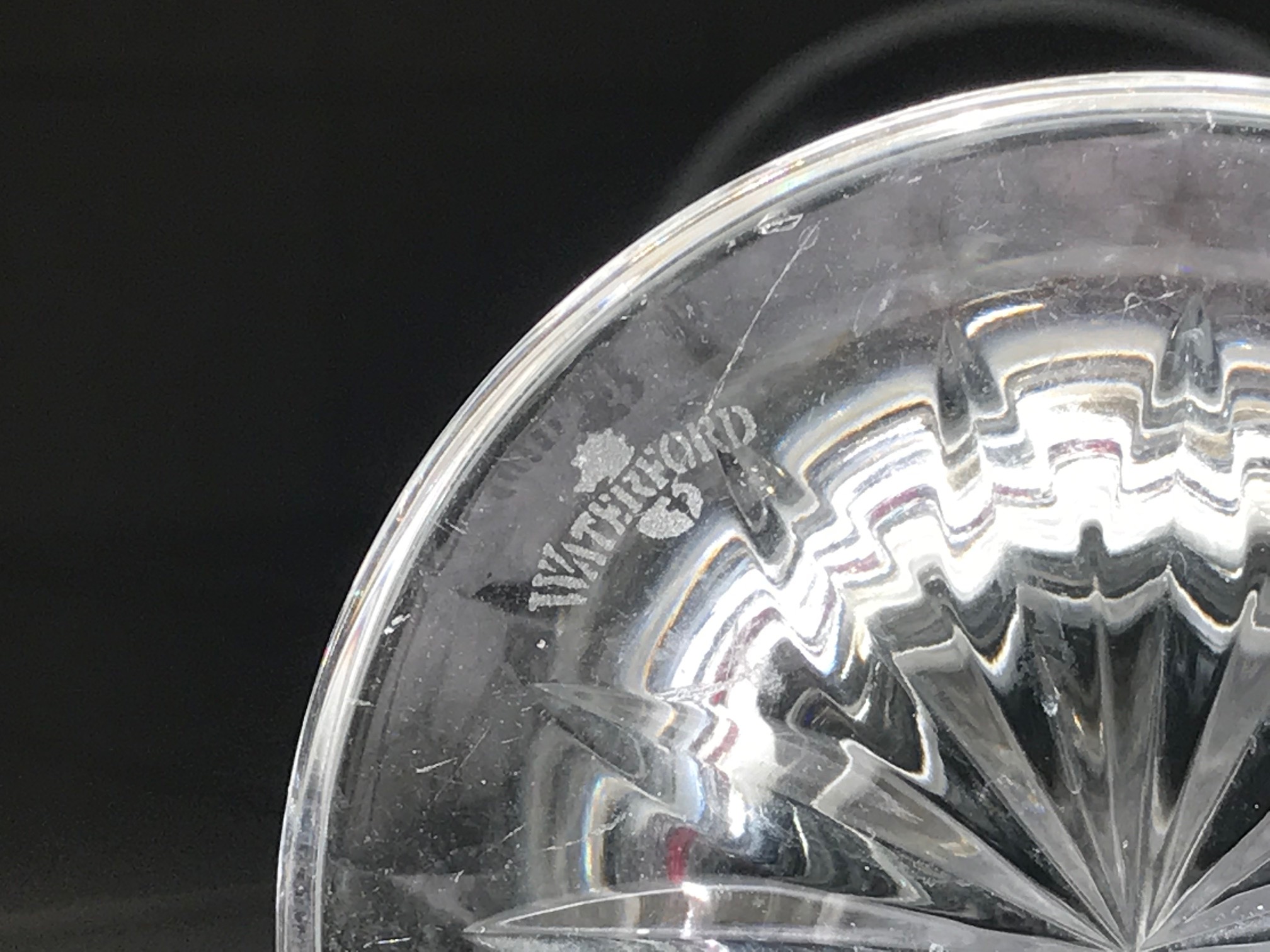
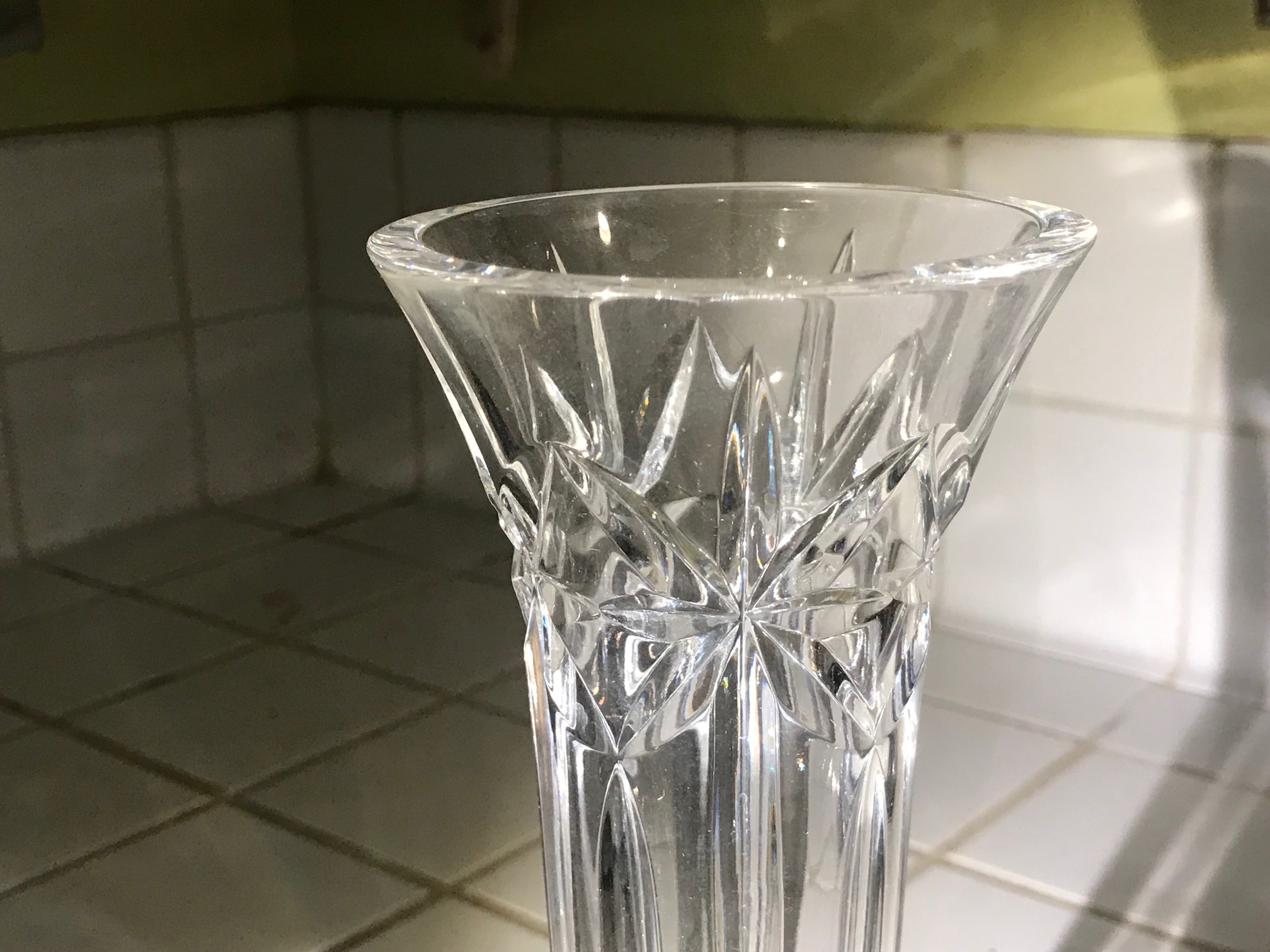
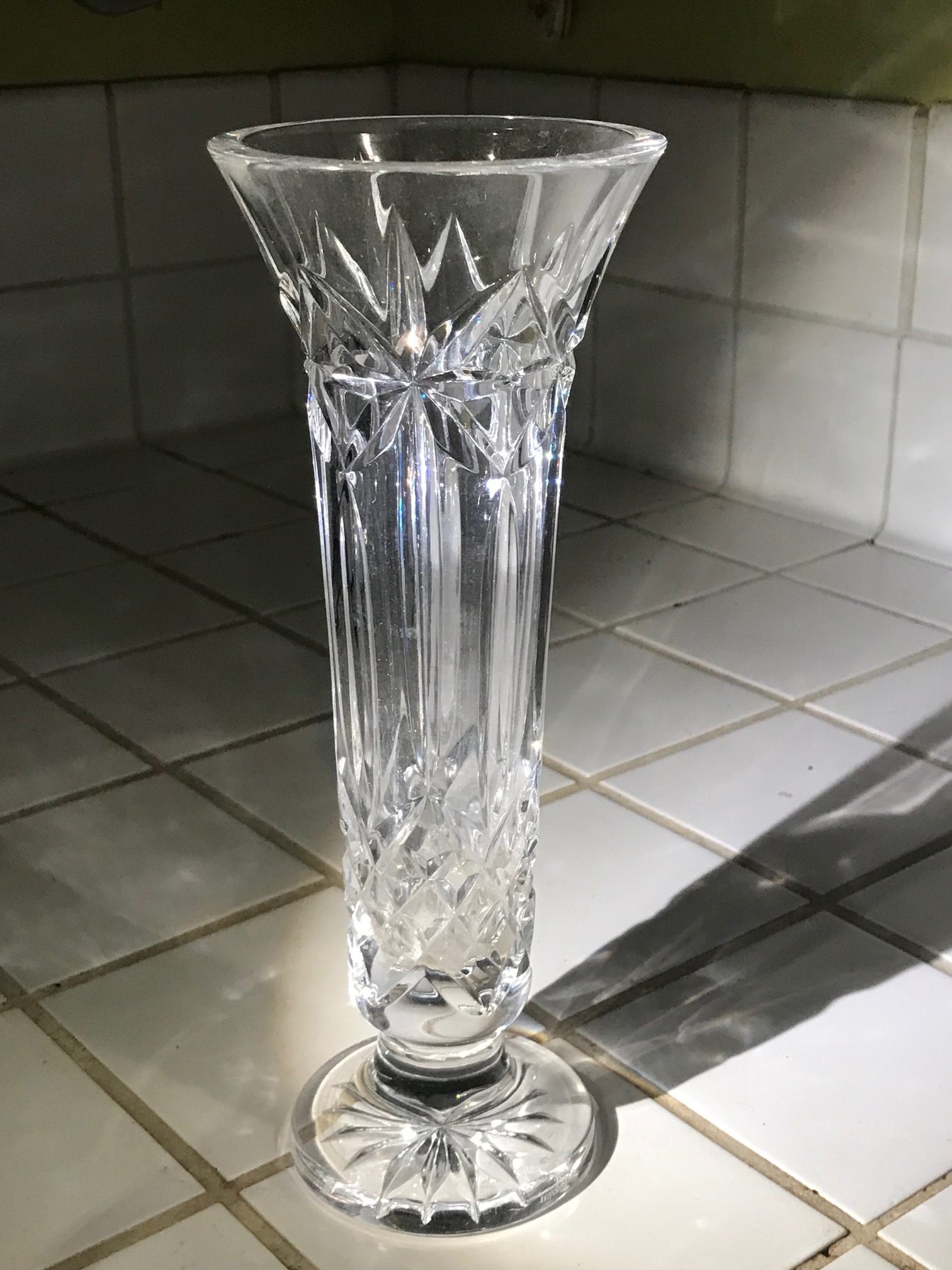

Can you explain how a leaded vase can make lead dust as the article states?
Hi Yvonne – anything that is very high lead can create lead dust in the environment – because (by nature) processed Lead chalks. Leaded fishing weights chalk (create dust), leaded brass with high lead content can chalk and high-lead crystal can chalk. To my knowledge no one has done a scientific study to quantify this concern as no one would benefit financially from such a study – but in my experience with the decade+ of testing I have done, I have seen this to be the case over an over again… high lead items can often leave an (invisible) lead-dust footprint on the shelf or counter where they are stored.
Tamara
I’m finding all of this fascinating. Thankfully, we do not have a lot of crystal (although I have one set of glasses that I like) and it will not be that difficult to deal with.
It is always good to be informed!
Hi! My husbands aunt gave him a bunch of crystal glasses, which he insisted on keeping. They are in our armoire in our dining room. I want to get rid of them, but am worried about exposing my two young children (one and three) to any of the dust that has accumulated on them. Any suggestions?
Thank you in advance and for all that you do!
Great comments. But you need to add information about the FDA lead leaching test for glass and ceramics which quantifies the amount of lead that leaches into liquid put in contact with the surface. Using this crystal with food or drink, especially decanters that hold liquids for a long time, can contaminate the contents with lead.
Hi Tamara. Do you have tips as to tell whether glass is crystal? There are some glasses I have that I’m worried about now that I know about the dangers of crystal. I got them from a thrift store about ten years ago. They have significant protrusions on the outside of them and are heavier and thicker than my other glasses. They also have a clearly noticeable seem between the two halves of the glass. I also dropped one before and it didn’t break even though it was on a tile floor instead of carpet. Are any of these features indicators?
I also have a colored glass vase that I really like that I got from a thrift store. It’s pink and green. I keep it way on top of my kitchen cabinets when it’s not in use and rinse off any dust before I use it. Do you think it might be unsafe? Can I send it to you for testing? Do you charge for that?